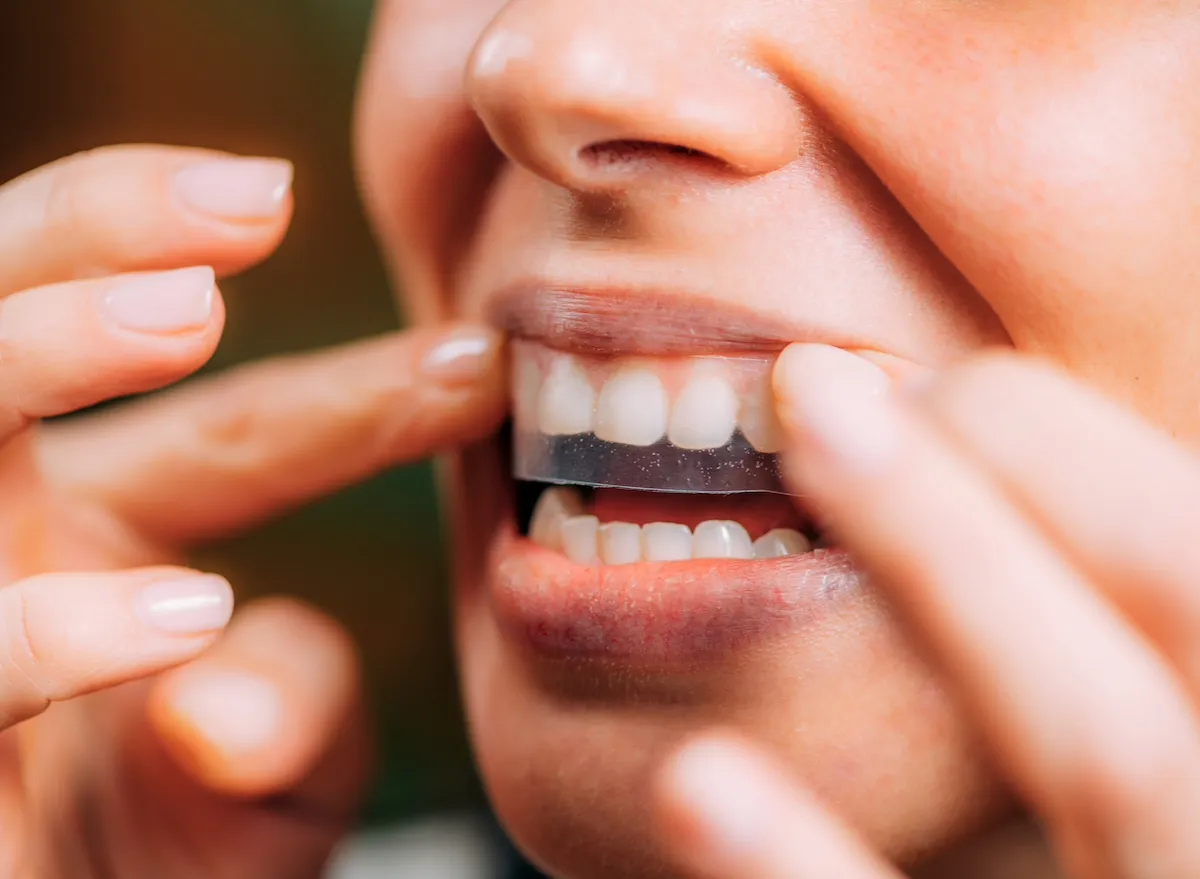Understanding Teeth Whitening Procedures
Teeth whitening procedures have surged in popularity as people strive for brighter, more aesthetically pleasing smiles. But with a multitude of options available, from over-the-counter products to professional treatments, navigating the world of teeth whitening can be overwhelming. This guide explores the most effective and popular teeth whitening procedures, providing insights into how they work, their benefits, and potential drawbacks. Understanding the different methods is the first step toward achieving the radiant smile you desire. The best procedure for you will depend on various factors, including your current dental health, the severity of your staining, and your budget.
Types of Teeth Whitening Procedures
Teeth whitening procedures broadly fall into two categories in-office and at-home. Each offers a distinct approach to achieving a whiter smile. In-office treatments are administered by dental professionals and typically involve stronger bleaching agents, leading to faster and more dramatic results. At-home methods, on the other hand, provide a more gradual whitening process and often come with a lower price tag. The choice between these two depends largely on your personal preferences, the extent of staining, and your willingness to invest time and money.
In-Office Teeth Whitening
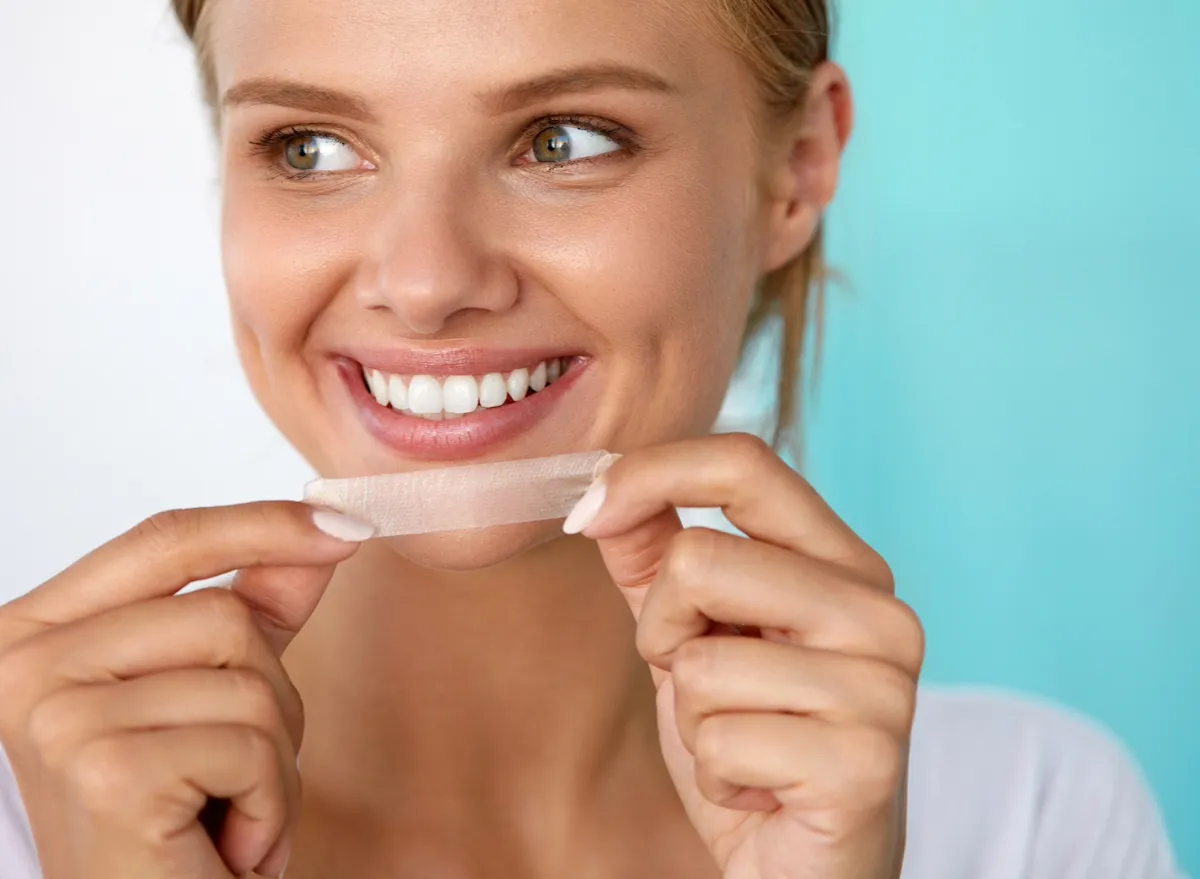
In-office teeth whitening, often called chairside bleaching, is a professional procedure conducted by a dentist. It offers the fastest and most significant results in a single appointment. This method utilizes a high concentration of hydrogen peroxide or carbamide peroxide, applied directly to the teeth. This procedure is ideal for those seeking immediate and dramatic improvements in their smile’s brightness. It’s also suitable for individuals with deep stains or those who prefer a treatment supervised by a dental professional. The dentist can monitor your teeth and gums throughout the process, ensuring both safety and effectiveness. “In-office whitening offers unparalleled results”.
How In-Office Whitening Works
The in-office whitening procedure begins with a thorough cleaning of your teeth to remove plaque and surface stains. Then, a protective barrier is applied to your gums to prevent irritation. The dentist then applies the bleaching agent to your teeth, which is often activated by a special light or laser. The light accelerates the whitening process, breaking down the stains on your teeth. The bleaching agent is typically left on your teeth for 15–30 minutes, and this process can be repeated multiple times during the same appointment. After the treatment, the dentist will remove the bleaching agent and provide you with post-whitening instructions. The entire procedure usually takes about an hour to an hour and a half, leaving you with a noticeably brighter smile.
Pros and Cons of In-Office Whitening
In-office teeth whitening offers several advantages, including immediate results and professional supervision. The higher concentration of bleaching agents used in the office can deliver more dramatic whitening in a single session. The dentist can also address any sensitivity issues and ensure the safety of the procedure. However, in-office whitening is generally more expensive than at-home methods. Some individuals may experience temporary tooth sensitivity or gum irritation. Also, the results can vary depending on the nature and severity of the staining. While it offers impressive results, this procedure might not be suitable for everyone, and it’s essential to consider both its benefits and potential drawbacks.
At-Home Teeth Whitening
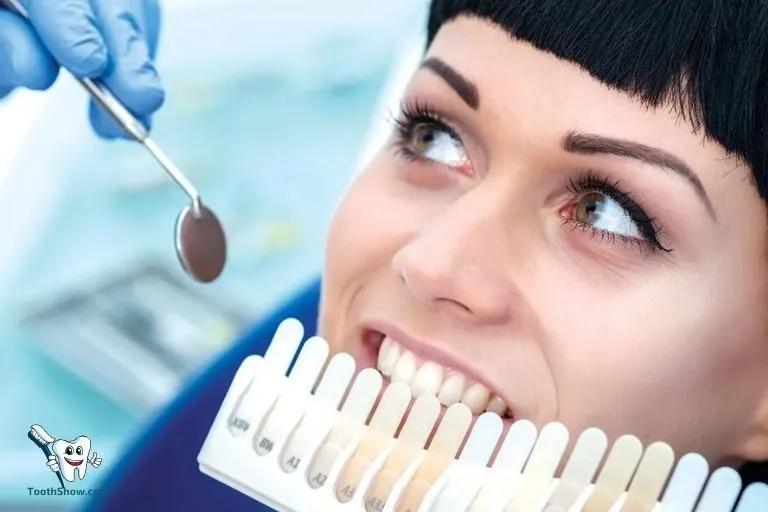
At-home teeth whitening procedures offer a convenient and cost-effective alternative to in-office treatments. These methods typically involve using over-the-counter products or custom-fitted trays provided by your dentist. The at-home approach allows you to whiten your teeth at your own pace, gradually improving your smile’s brightness. This can be an excellent option for individuals seeking a more budget-friendly or flexible solution. Although the results may not be as immediate as in-office whitening, the benefits of at-home methods can be substantial, provided you follow the instructions carefully and maintain regular dental check-ups.
Whitening Toothpastes
Whitening toothpastes are a popular and accessible option for enhancing the brightness of your teeth. These toothpastes typically contain mild abrasives or chemical agents that help to remove surface stains caused by coffee, tea, or other foods and drinks. The abrasives gently polish the teeth, while the chemical agents may help break down stains. Whitening toothpastes offer a subtle whitening effect and can be a good choice for maintaining the results of other whitening treatments. However, it’s important to choose a toothpaste with the American Dental Association (ADA) Seal of Acceptance, as this ensures that the product is safe and effective for your teeth. “Whitening toothpastes are safe and effective for regular use”.
Whitening Strips and Gels
Whitening strips and gels are readily available over-the-counter and offer a more concentrated approach to teeth whitening. These products typically contain a lower concentration of peroxide-based bleaching agents than professional treatments. Whitening strips are thin, flexible strips coated with a whitening agent that is applied directly to the teeth. Whitening gels are applied to the teeth using a brush or applicator. Both methods are designed to be used once or twice a day for a specified period. Whitening strips and gels can provide noticeable results within a few weeks. However, they may not be as effective for deep or intrinsic stains, and some individuals may experience mild tooth sensitivity.
Teeth Whitening Trays

Teeth whitening trays offer a more customized approach to at-home whitening. You can either get custom-fitted trays from your dentist or use pre-fabricated trays available over-the-counter. Custom trays are made to fit your teeth perfectly, ensuring even distribution of the whitening agent and minimizing the risk of gum irritation. You’ll fill the tray with a bleaching gel, typically containing a higher concentration of peroxide than in whitening strips. You then wear the tray for a specified amount of time each day. Over-the-counter trays usually involve a generic fit and often deliver slower results. Trays offer a balance of effectiveness and convenience. Your dentist will often supervise this process to monitor progress and address any concerns. “Custom trays are more effective for teeth whitening”.
Over-the-Counter vs. Professional Options
Choosing between over-the-counter and professional teeth whitening depends on your needs and preferences. Over-the-counter products, such as whitening toothpastes and strips, are more accessible and affordable. However, they may not be as effective for deep stains or deliver as dramatic results as professional treatments. Professional whitening, conducted by a dentist, offers faster and more significant results, with the dentist monitoring the procedure to ensure safety and effectiveness. Professional treatments can also address any existing dental issues that may affect the whitening process. Consulting with your dentist is the best way to determine which option is right for you, taking into account your oral health, the severity of staining, and desired outcomes. “Professional options are most recommended to get the best results”.
Factors to Consider When Choosing a Procedure
Choosing the right teeth whitening procedure involves careful consideration of several factors to ensure optimal results and a positive experience. These factors include your current dental health, the severity of staining, your budget, and your expectations. Taking these elements into account will help you make an informed decision that aligns with your goals and preferences. Consulting with your dentist is a critical step in this process, as they can assess your oral health and guide you toward the most appropriate treatment option.
Your Current Dental Health
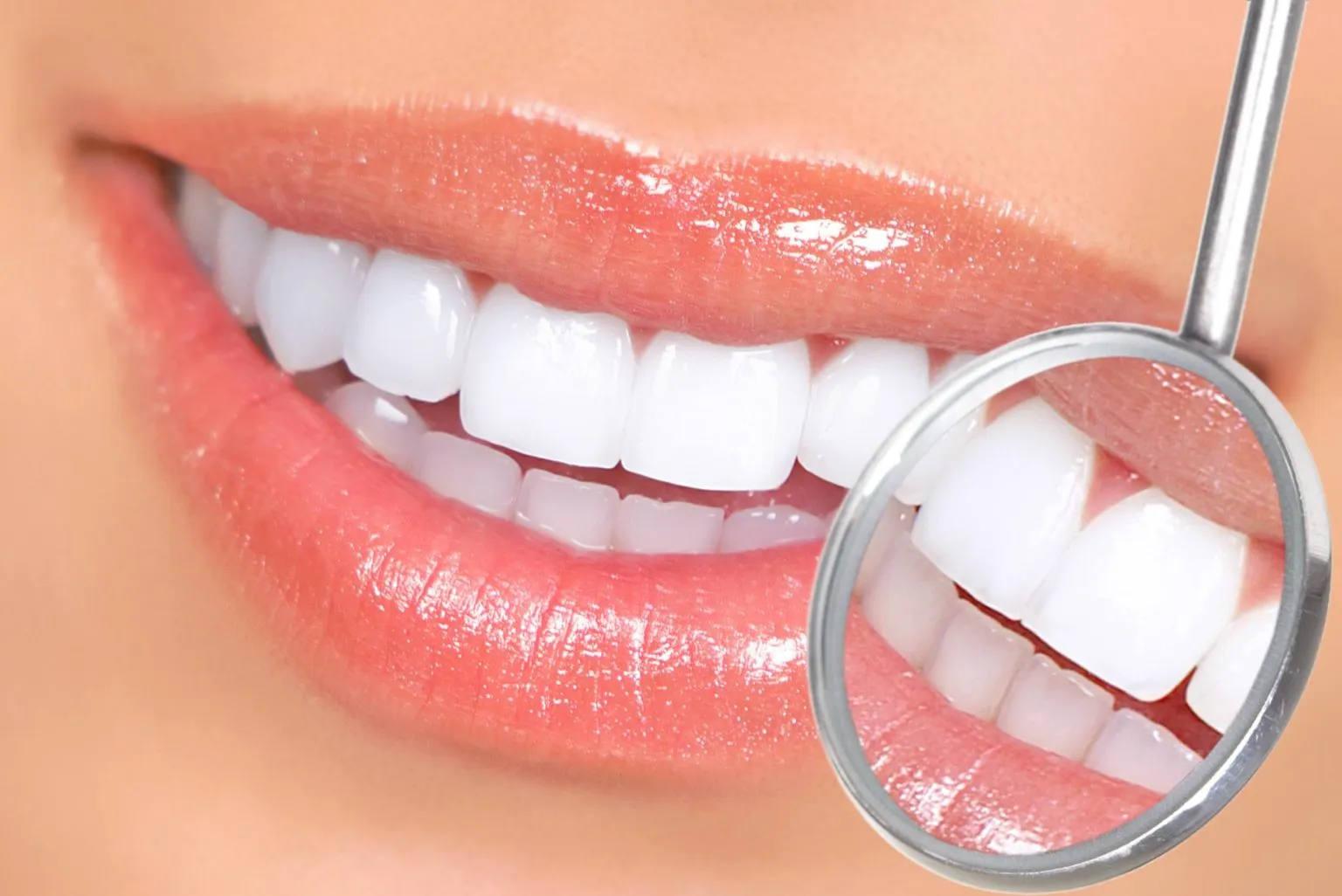
The health of your teeth and gums is a crucial factor in determining the best teeth whitening procedure. If you have any existing dental issues, such as cavities, gum disease, or sensitive teeth, your dentist may recommend addressing these problems before proceeding with whitening. Whitening treatments can sometimes exacerbate these conditions. For instance, bleaching agents can cause increased sensitivity in teeth with cavities or exposed root surfaces. Addressing any dental issues ensures the best possible outcome and minimizes potential complications. “Healthy gums is a must for teeth whitening procedures”.
The Severity of Staining
The extent and type of staining on your teeth will influence the effectiveness of different whitening procedures. Surface stains, caused by coffee, tea, or smoking, often respond well to over-the-counter whitening products. Deeper, intrinsic stains may require more aggressive treatments like professional in-office whitening. The severity of the staining is directly linked to the type of treatment and the duration. Consulting with a dentist helps determine the best course of action based on the specific nature of the stains. Some stains might be resistant to whitening and may require alternative cosmetic dental procedures, like veneers. “Severe stains require a more professional procedure”.
Your Budget
Teeth whitening procedures vary in cost, with in-office treatments typically being more expensive than at-home options. Over-the-counter products offer a more budget-friendly alternative. Your budget will play a significant role in determining which procedure is feasible for you. Consider the initial cost, as well as the potential for follow-up treatments or maintenance. While professional whitening can provide faster and more dramatic results, at-home methods can be effective and cost-conscious. Balancing your financial constraints with your desired outcomes is essential for making an informed decision. “Affordable options are also available for teeth whitening”.
Your Expectations
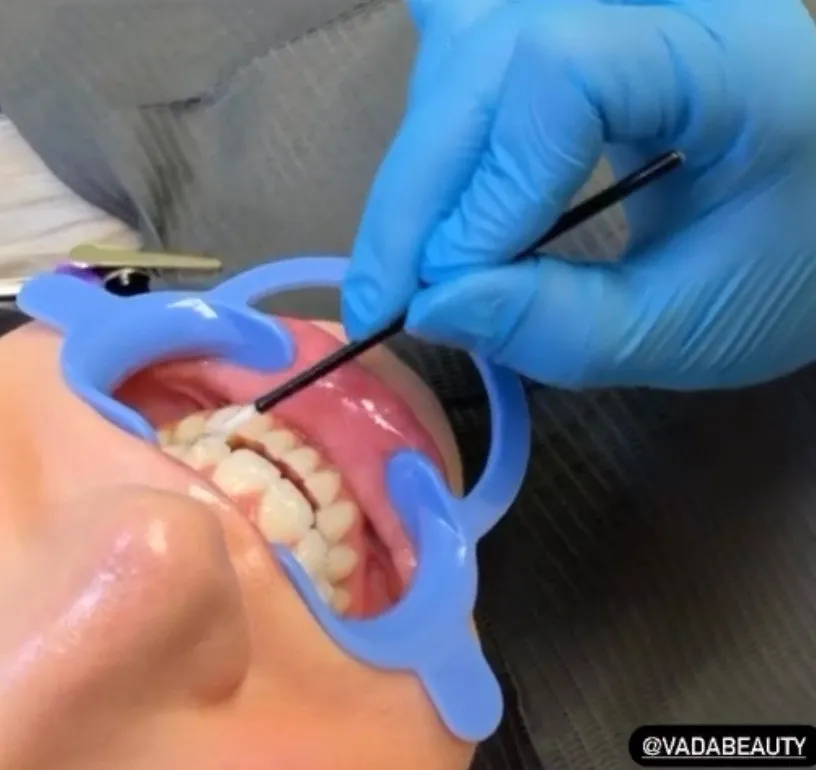
Having realistic expectations is crucial for achieving satisfaction with teeth whitening. Understand that results can vary depending on the procedure and the individual. In-office whitening can provide dramatic improvements quickly, but at-home methods may take longer to produce noticeable changes. Discuss your goals with your dentist to ensure that the chosen procedure aligns with your expectations. Be aware that not all stains can be completely removed, and some teeth may whiten more effectively than others. “Realistic expectations are crucial to be happy after the process”.
Maintaining Your White Smile
Maintaining your newly whitened smile requires a combination of post-whitening care, dietary adjustments, and regular dental check-ups. By following these guidelines, you can prolong the effects of your whitening procedure and keep your teeth looking their best. Proper maintenance ensures that your investment in a brighter smile yields long-lasting benefits. Consistent care is essential to prevent staining and preserve your teeth’s enhanced appearance. “Keep your healthy and white teeth for a long time”.
Post-Whitening Care
After undergoing a teeth whitening procedure, following your dentist’s instructions for post-whitening care is essential. This typically involves avoiding certain foods and drinks that can stain your teeth, such as coffee, tea, red wine, and dark-colored foods. Maintaining good oral hygiene practices, including regular brushing and flossing, is also critical. Some dentists may recommend using a fluoride toothpaste or mouthwash to reduce tooth sensitivity and strengthen your enamel. Careful post-whitening care will help you retain your brighter smile and ensure the longevity of your results. “Always follow the post whitening care provided”.
Foods and Drinks to Avoid
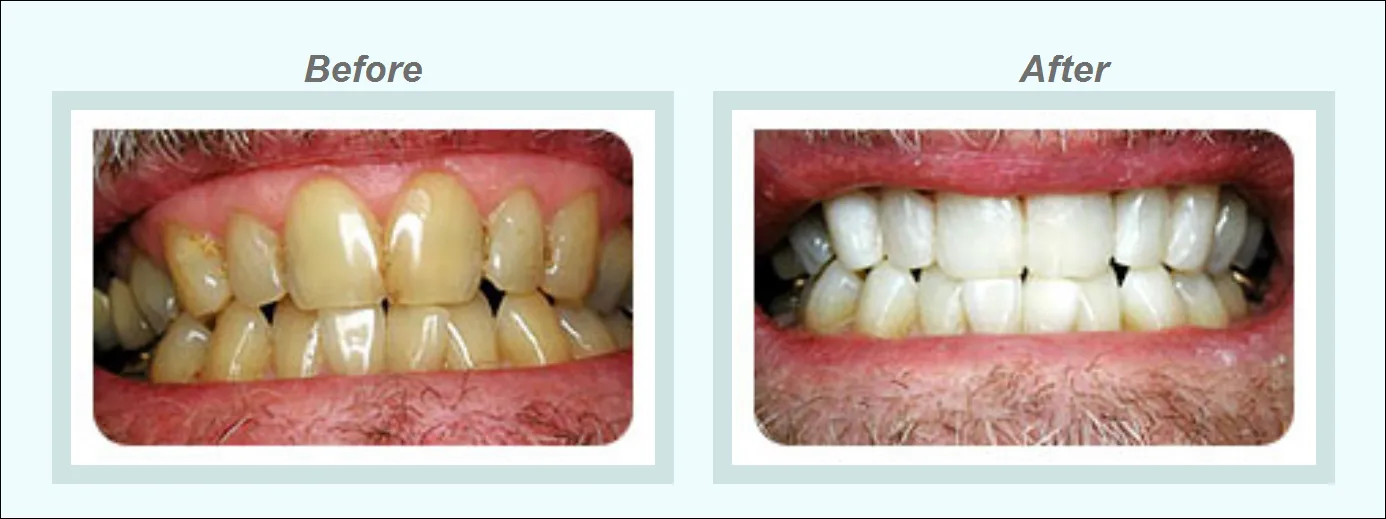
Certain foods and drinks can stain your teeth and diminish the effects of your whitening procedure. After whitening, it’s crucial to avoid or limit the consumption of these items. High-staining culprits include coffee, tea, red wine, dark-colored sodas, and berries. Foods with strong pigments, such as soy sauce, curries, and tomato-based sauces, should also be consumed with caution. Consider using a straw when drinking beverages to minimize contact with your teeth. Brushing your teeth after consuming staining foods can help reduce the risk of discoloration. “Foods and drinks can play a huge role on your teeths’ health”.
Regular Dental Check-ups
Regular dental check-ups and professional cleanings are essential for maintaining a healthy and white smile. Your dentist can assess your teeth’s condition, identify any potential issues, and provide guidance on maintaining your results. Professional cleanings remove plaque and tartar build-up, which can contribute to staining. Your dentist may also offer touch-up whitening treatments to keep your smile at its brightest. Regular check-ups are critical to ensure your teeth stay healthy and beautiful for years to come. “Regular checkups are a must for teeth whitening”.
